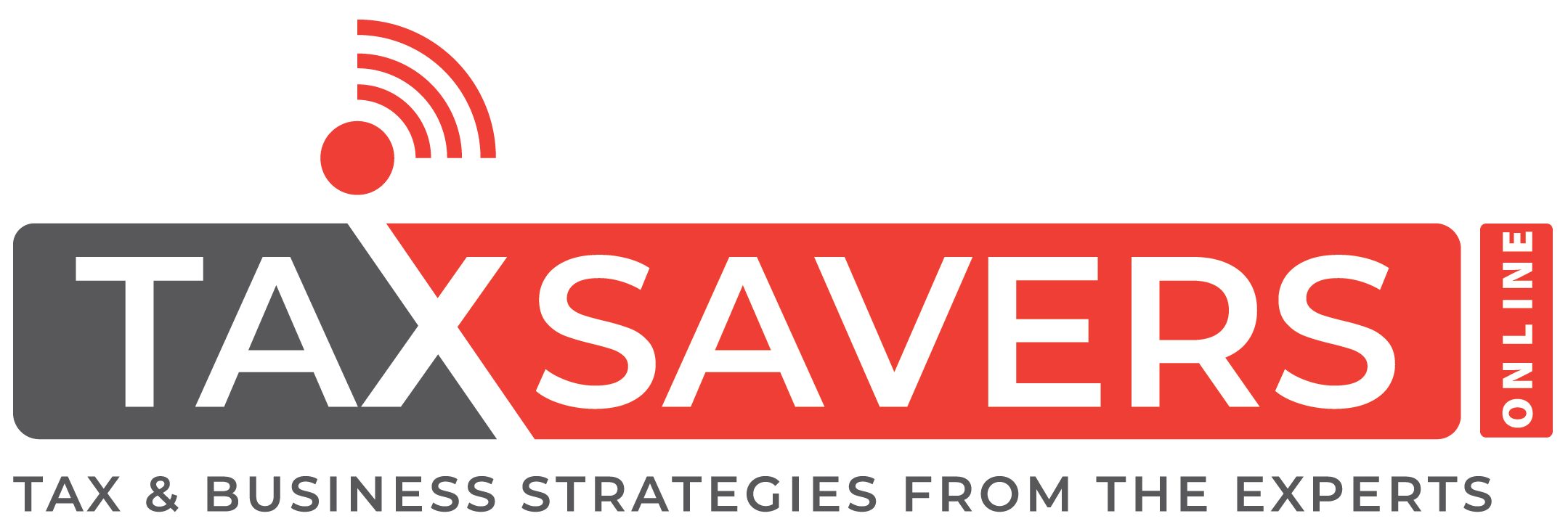Recent data from Gallup found that 58% of Americans own stock.
If this includes you, then you may have questions about when you need to report the stocks you own. For example, do you need to report unsold shares?
This guide will walk you through Schedule D requirements and how you report gains (and losses) from stocks and other securities.
So keep reading for the details.

Contents
What Is Schedule D?
The IRS provides Schedule D as part of the Tax Return Form 1040 for taxpayers to report any gains or losses from selling capital assets.
Capital assets are anything you own and use for pleasure or investment purposes. The assets you are most likely to report on Schedule D are:
- Stocks
- Bonds
- Property
You must record any investments or assets you sell for tax purposes. This includes realized capital losses. However, often, you can deduct these losses from your income tax bill.
Tax rates are different for short-term (sold less than 12 months from the purchase date) and long-term (sold more than 12 months from the purchase date) capital gains and losses.
Incorrectly reporting capital gains and losses could result in an IRS audit, fines, and other penalties.
The IRS provides specific instructions on how to collect information and fill out Schedule D. Depending on your tax situation, you may need to prepare and include additional tax forms with your Schedule D.
Reporting Capital Gains
Regardless of the asset, you don’t report capital gains to the IRS until you sell the asset. This includes gains from stocks.
If you purchase and sell the asset in the same year, you report the net gain or loss on that year’s income tax return.
The tax rate for short-term capital gains is the same as your ordinary tax income level.
But let’s say you bought 100 shares of Apple (AAPL) on July 6, 2021, for $140.07 a share, and you sold 30 shares on December 27, 2021, for $177.09 a share.
Even though you bought 100 shares, you only report the net gain on the 30 shares you sold, which would be $1,110.60. You would be responsible for paying taxes on this amount at your ordinary rate for 2021.
You still have 70 shares of Apple, and you decide you’re going to hold onto them until the market rebounds, which could take a few months or even years.
If you sell the remaining 70 shares after July 6, 2022, you’ll likely pay a lower capital gains tax rate since you held onto the shares for more than 12 months.
Reporting Capital Losses
You also report capital losses upon the sale of an asset. Reconsider the example from above. As the market continues to drop, you worry, and you sell your remaining 70 shares of Apple on June 21, 2022, for $133.42 a share.
Your net loss is $465.50.
The loss from the sale will cancel out the gain from another stock. However, since you sold the remaining 70 shares in 2022, it won’t cancel out your gains from 2021 but can cancel out other gains in 2022.
If you didn’t have any gains in 2022, you could carry the loss forward to offset your gains in future years. You can also deduct up to a $3,000 loss from your ordinary income. This could help lower your tax liability.
Reporting Dividends
Some stocks pay their shareholders dividends. Dividends are the distribution of a company’s earnings to its shareholders. If eligible, you will receive cash or reinvestment in additional stock. Companies usually pay dividends quarterly.
Although you don’t report capital gains and losses until you sell an asset, you need to report and pay taxes on dividends yearly, even if you didn’t sell anything.
Apple is a great example because it pays its shareholders dividends. For the sake of argument, we’ll say you were eligible for all Apple’s dividends while you held Apple stock.
You would’ve received:
- $0.22 on August 6, 2021, per share
- $0.22 on November 5, 2021, per share
- $0.22 on February 4, 2022, per share
- $0.23 on May 6, 2022, per share
($0.22 x 100) + ($0.22 x 100) = $44
($0.22 x 70) + ($0.23 x 70) = $31.50
This means you would need to report and pay taxes on $44 in dividends for the 2021 tax year and $31.50 in dividends for the 2022 tax year.
Tax rates for dividends vary depending on your total dividends. To learn more about your tax rate, speak with a certified financial professional.
Can You Avoid Paying Capital Gains Tax?
Fortunately, there are legal ways to get around paying taxes on capital gains and dividends.
One of the most popular ways is to buy and sell assets using a Roth IRA or Roth 401(k) account. These are both retirement accounts that use after-tax dollars.
This is how it works: First, you fund the account with income you’ve already paid taxes on. Then, you can invest that money.
If you wait until you’re 59 1/2 or older to withdraw funds from the account, you won’t have to pay taxes on any of the gains you realized. As long as you continue to buy and sell within the Roth account, you won’t be subject to paying taxes because you already paid taxes on the money you funded the account.
If you reinvest your dividends or leave the cash in the account to invest in another security, you won’t pay taxes on those payouts.
The Importance of Recording Keeping
Anytime you buy or sell an asset, you must keep a record. But, of course, almost everything is available electronically in today’s digital world. This is true when it comes to investing.
If you buy and sell assets using a brokerage account from Fidelity, Schwab, or any other brokerage, you’ll likely receive monthly statements with the activity in your email. At the end of the year, you should receive a 1099 Form showing net gains and losses.
If you are buying and selling properties or other securities, always keep records and enquire if you will receive a 1099. Filling out Schedule D is much easier when you have clear records of your investments.
Now Is the Time to Start Investing
Whether you want to buy stocks, bonds, ETFs, mutual funds, property, etc., now is a great time to get started. So put your hard-earned money to work and begin investing.
Don’t forget to fill out your tax return, including Schedule D accurately, to report any gains or losses. It will save you from a mountainous headache later on.
Check out the rest of the blog to learn more about investing, taxes, and stocks. You’ll find want you’re looking for in the Taxes or Finance sections.





